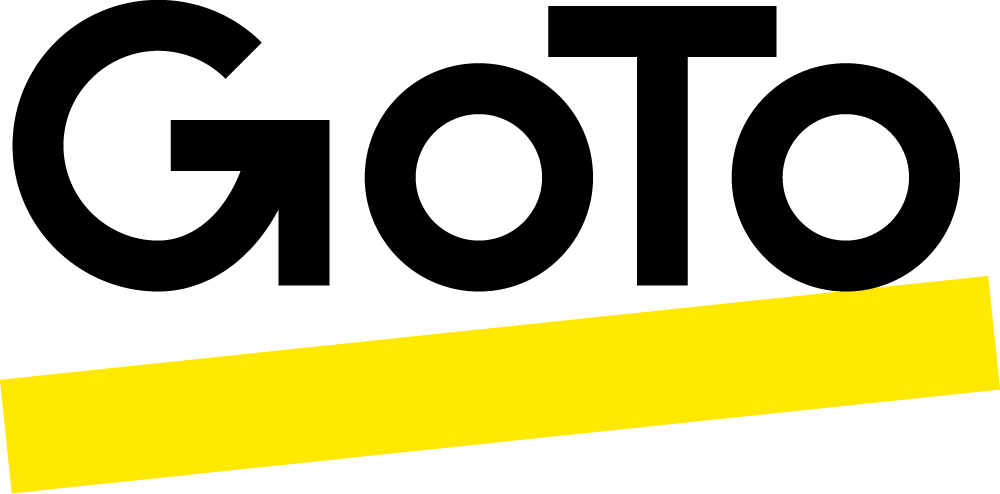If you want to build an organization that can truly work from “anywhere,” it starts with the infrastructure. How will you connect your team together, and how will you do it in a way that ensures minimal distractions? There are three things that any remote work technology checklist should contain:
- A single platform. A single platform for all communication and collaboration means that you won’t be shuffling between multiple tabs every single day.
- Distraction-free elements for your remote office. Working remotely means that you have to simulate the office environment at home. What is the best technology for accomplishing that?
- Minimizing clutter. Desk clutter, digital clutter—it’s all important to keep to a minimum. We’ll explain why.
UCC: The Unified Communications and Collaboration Platform
Our Modern Collaboration research showed that two-thirds of global CIOs viewed communications and collaborations tools as “business critical.”
UCC might sound like an acronym out of NASA science, but the concept is simple. It’s the platform you choose to unify all of your communication and platform into a single platform. This means going beyond finding one piece of software to hold your meetings. You’ll want one platform that can offer the following:
- Telephony
- Video conferencing
- Text messaging (SMS)
- Chat
Think of your UCC as the digital version of your office It’s a single point where a team can collaborate on files, hold meetings, and stay up-to-date on the work calendar.
Creating a Remote Work Office
Once your team has the same UCC in place, it’s time to think about each individual office. Simple: a chair, a desk, and a computer, right? The key here is to minimize outside distractions. Even a simple distraction at home can cost up to 23 minutes of productive time. Here are some essentials for creating a fully capable remote work office—that’s also distraction-free:
- Webcam. It seems the whole COVID-19 world has replaced face-to-face with the next best thing – video conferencing. It’s past time to get a webcam if you’re not up and running yet. Video meetings drive better engagement and foster stronger relationships with clients and between employees.
- A comfortable chair. Concentration isn’t going to happen if you can’t be comfortable while you work. As you shop for chairs, keep in mind that lower-back lumbar support is statistically proven to improve long-term feelings of comfort and prevent back pain.
- Noise-canceling headphones. Headphones with a microphone attachment are great for hands-free teleconferencing. But a noise-cancellation feature means even more: you’ll cut out the distracting sounds around you for focused work.
- A paper-free-productivity tool. These days, it’s not hard to procure whiteboards, “boogie boards,” and all sorts of note-taking tools that don’t require wasting paper. Use these to plan your day and jot down offline notes.
Technology for Reducing “Internet Clutter”
Desk clutter is a big no-no; searching for lost documents costs businesses as much as $2.5 million in lost productivity, according to some statistics. The same effect is true for remote work: the less clutter you have, the easier online collaboration and remote work will be.
- Reduce desk clutter. Consider this guide from Becoming Minimalist if you’re looking for ways to reduce the amount of clutter on your desk. Key tip: Set aside just five minutes every day dedicated to keeping your desk maintained and clutter-free. You might also consider this list of apps for reducing clutter, including everything from LegacyBox to Tody, an app for smarter cleaning.
- Reduce online clutter. Sticking to a UCC will help reduce your online communication clutter too. Keeping consistent threads and conversations in one place, instead of spread out across multiple channels and mediums. Within your platforms, try to close out any old communication threads, shared files or accounts that no longer serve you or the team. Approach it as a team effort – taking even a half-day to get your channels and communication organized will pay off in the long run!
With a common platform, distraction-free remote work environments, and a simple setup at home, you’ll be free to focus on working remotely. This technology checklist isn’t just a great way to get started—it’s a great way to maintain a stress-free remote work system that makes every day easier.
—
Uncover more remote work tips in our latest eBook
Flex work is here to stay and your business needs to embrace it wholeheartedly – but you’ve got to do it right. It’s not just a matter of IT enabling software and fading into the background; it’s a multi-channel, multi-team approach that begins with strategy and carries through employee culture.
Download our Anywhere Worker Guidebook to uncover the four critical elements of making this transition!






